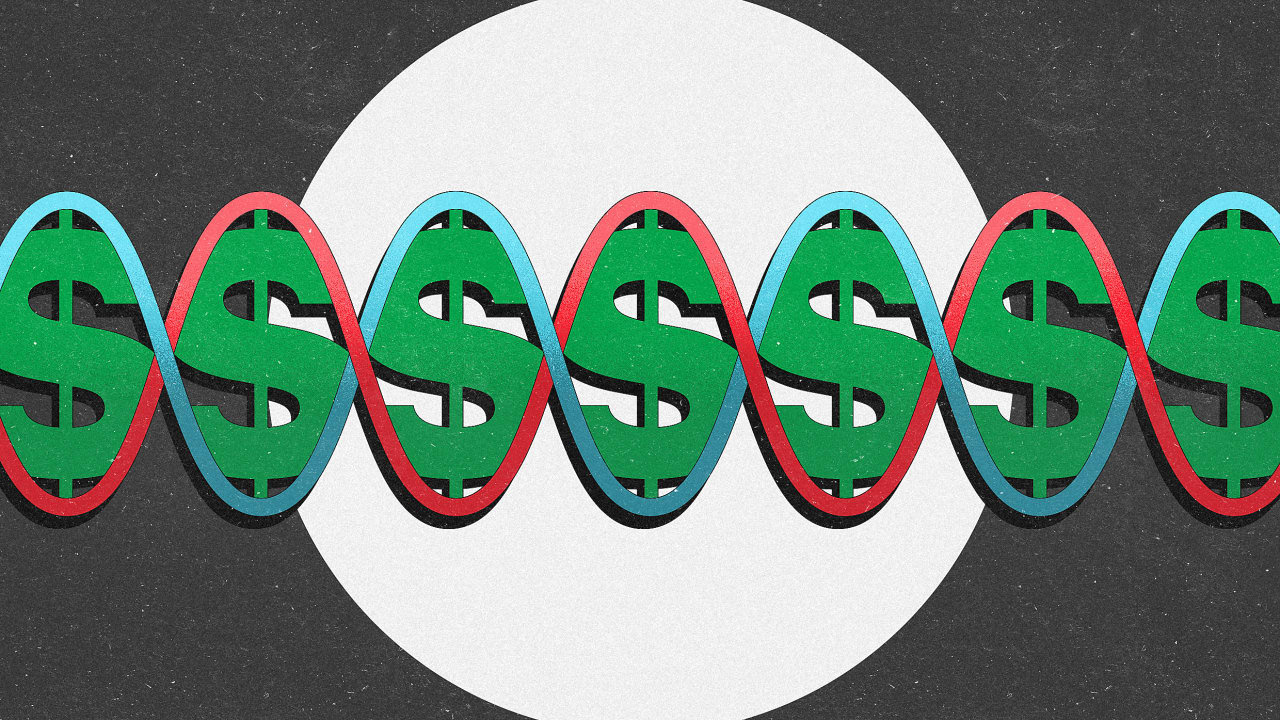These breakthrough gene therapies cost millions of dollars. Is a mortgage model the secret to paying for them?

In recent years, the FDA has approved dozens of gene and cell therapies that can potentially cure rare diseases like sickle cell disease and spinal muscular atrophy. But many patients still can’t access these treatments because insurers have refused to cover them.
That reluctance is understandable, unfortunately. Widespread use of these multimillion-dollar therapies would bankrupt many health insurers.
But the solution isn’t to deny lifesaving drugs to patients. Rather, it is to deploy creative financing solutions that deliver these therapies to sick Americans without collapsing the insurance system.
The sickle cell dilemma
Consider, for instance, the dilemma posed by sickle cell disease. About 100,000 Americans suffer from the condition, in which a genetic defect causes red blood cells to become crescent-shaped and impede circulation, leading to severe pain and shortened lifespans.
Two therapies approved by the FDA show great promise, but are each priced above $2 million, reflecting the decades of research and development costs required to bring them to market and the relatively small patient population.
Shockingly, $2 million may not be out of line, given the number of lives to be saved and the years of suffering to be averted, not to mention the improvements in workforce productivity for patients and their caregivers, and cost-avoidance of chronic disease management for sickle cell disease in the future.
Curing the condition once and for all could actually save money in the long run, compared to managing the disease year after year and only slowing, not stopping, the patient’s decline.
Even the Institute for Clinical and Economic Review, which argues that many pharmaceuticals are wildly overpriced, has concluded that these treatments would “achieve common thresholds for cost-effectiveness” at a price exceeding $2 million.
Yet few insurers can afford the up-front cost of these cutting-edge therapies. Commercial insurance companies would similarly struggle to afford the treatments for dozens or hundreds of patients in their risk pools state by state.
Simply put, the health insurance system was designed to pay for statins and surgeries, not miracle cures with seven-figure price tags.
The mortgage model
Giving patients widespread access to these cures will require going outside the traditional insurance system, and facilitating partnerships between manufacturers, payers, and financial institutions, including banks and private equity.
For example, right now, sickle cell chronic disease-and pain-management for just one patient can cost upwards of $50,000 per year. For Medicaid, which covers about 50% of U.S. sickle cell patients, these costs could add up to $2.5 billion annually.
But if banks partnered with Medicaid, they could finance sickle cell gene therapies in bulk for a discount, say $1.7 million, then Medicaid would amortize the loan over several decades, the same as mortgaging a multimillion-dollar house. At a federally subsidized interest rate of 1%, Medicaid would pay $50,000 per patient per year over 40 years. In other words, the government would effectively pay the same annual price for gene therapies that cure patients up-front as it currently spends just to manage the condition in perpetuity.
But after 40 years, Medicaid would have paid off the loan. Banks get a safe, government-backed investment; manufacturers are paid quickly and can scale production; and patients enjoy decades of good health.
Outcomes-based contracts
The Centers for Medicare & Medicaid Services is embarking on a voluntary program between the makers of sickle cell gene therapies and state Medicaid offices to expand access, but it is limited to contracts that take the states off the hook if a treatment doesn’t work as intended. So-called outcomes-based contracts are rife with complexities and are unlikely to lead to widespread access for sickle cell patients.
Similarly, employer-sponsored health plans’ coverage of gene therapies is erratic. If private equity partnered with these health plans at publicly traded companies, the up-front cost of paying for treatment in working-age populations could be amortized over time, predictably increasing the value of the company’s shares. Consider that healthier employees lead to gains in top-line productivity and fewer chronic conditions in a company’s risk pool that could potentially lower premiums. This means a greater return for private equity, one that makes their large up-front investment worthwhile.
Everyone wins
Traditional insurance simply wasn’t designed for a 21st-century world where we have the tools to completely cure diseases by altering patients’ genetic code. But with regulators’ permission, financial institutions could introduce tools that reduce the long-term costs of chronic conditions, improve public health, and generate predictable financial gains.
What's Your Reaction?
 Like
0
Like
0
 Dislike
0
Dislike
0
 Love
0
Love
0
 Funny
0
Funny
0
 Angry
0
Angry
0
 Sad
0
Sad
0
 Wow
0
Wow
0





























































































